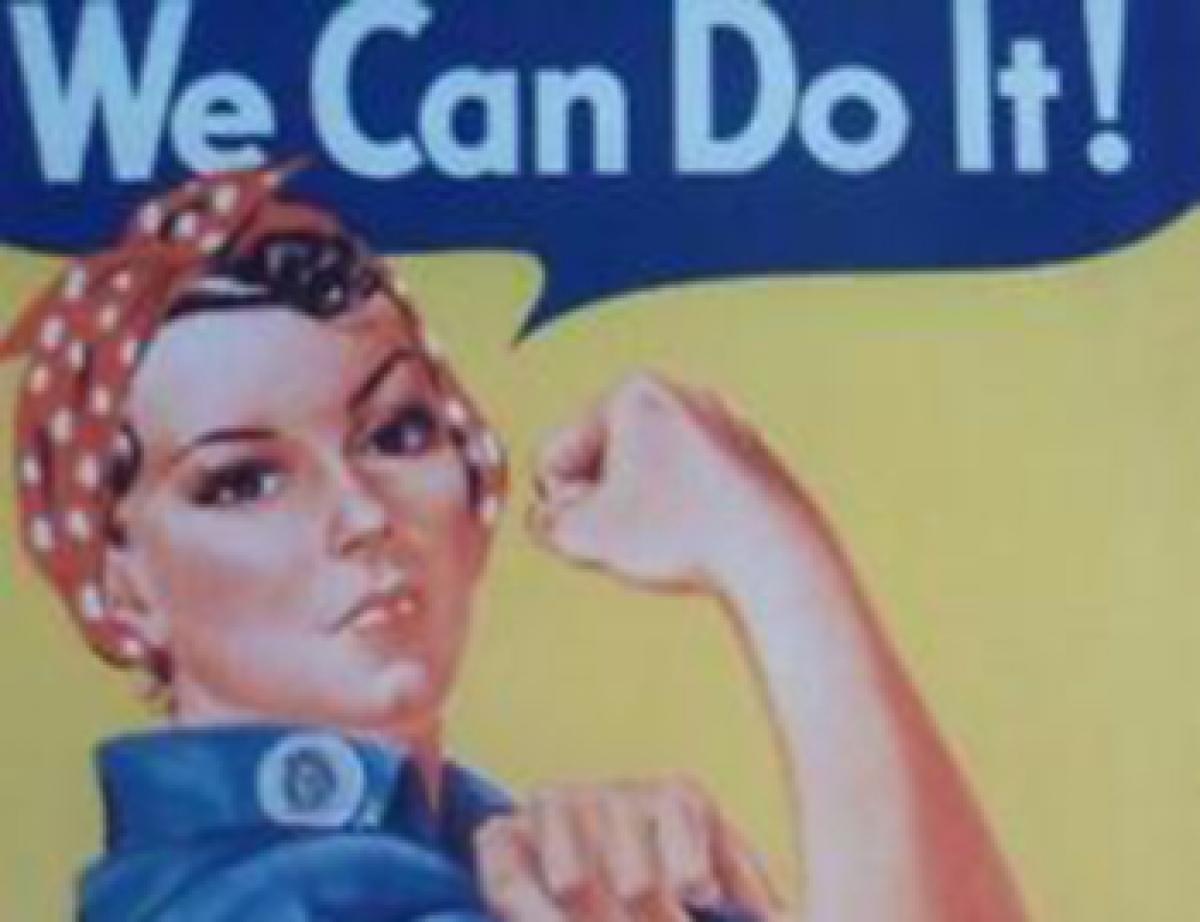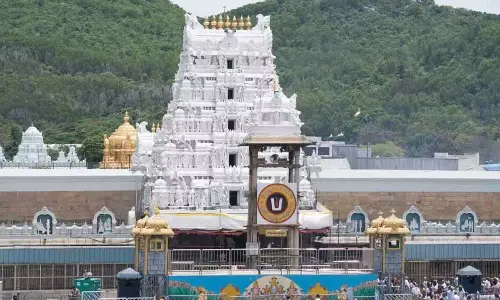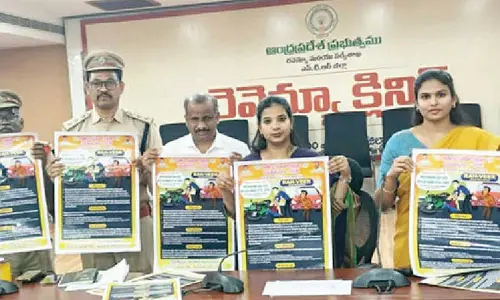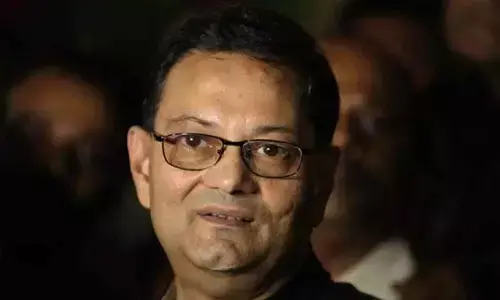Women’s emancipation needs greater focus

As per the ancient Indian history, woman owns a very important position in the society the position was superior to men. There are evidences wherein women destroyed kingdoms and mighty rulers. Elango Adigal\'s Sillapathigaram mentioned that Madurai, the capital of Pandyas, was burnt when Pandyan ruler Nedunchezhiyan killed a woman\'s husband by mistake.
The International Women's Day is observed on March 8 annually celebrate the respect, appreciation and love towards women and was originally called International Working Women's Day. The question that arises is whether it is a festive day only. Yes, it is a festive day as well as assessment day with regard to assessment of socio-economic Status of women in the society. Now, in order to assess the improvement in status of women, it is essential to know the history of women in the respective jurisdictions in which they live
As per the ancient Indian history, woman owns a very important position in the society the position was superior to men. There are evidences wherein women destroyed kingdoms and mighty rulers. Elango Adigal's Sillapathigaram mentioned that Madurai, the capital of Pandyas, was burnt when Pandyan ruler Nedunchezhiyan killed a woman's husband by mistake.
Veda Vyasa's Mahabharata tells the story of fall of Kauravas because they humiliated queen Draupadi. Valmiki's Ramyana is also about the wiping away of Ravana when he abducted and tried to marry Sita forcibly. The plethora of goddesses in ancient period was created to instill respect for women. Ardhanareeshwar, where god is half-man and half-woman, was highly worshipped. Women were allowed to have multiple husbands. Widows could remarry. They could leave their husbands.
In the Vedic society, women participated in religious ceremonies and tribal assemblies (sabha and vidata).There is no evidence of seclusion of women from domestic and social affairs but they were dependent on their male relations throughout their lives. The system of Sati existed among the Aryans in the earlier period. By the time they entered India, it had, however, gone out of vogue but it might have survived in the shape of a formal custom.
Though, it is not referred to in the hymns of the Rig-Veda, the Atharva Veda shows that it was still customary for the widow to lay symbolically by the side of her husband's corpse on the funeral pyre. Monogamy was very common. Polygamy was not common. Child marriages were unknown. Women could choose their husbands through a type of marriage called Swayamvara.
Many historians claim that women enjoyed an equal status with men in ancient India. It is said that women were educated, had a say in family matters, took important decisions of life and were free to choose their own husbands. Child marriage was unheard of and many women were also famous sages. Examples are like Gargi, Maitreyi, etc.
Over time, women started to lose their importance and their status began to wane. The freedom given to them was curtailed slowly and she was not allowed to voice her opinions in political matters in a society. Polygamy began to increase and child marriage came into vogue. Daughters were considered to be a burden and they were reduced to doing the chores of household. Sati, an ancient practice in which a widow had to lie beside her husband's pyre, came into vogue. Women were tortured and humiliated and their position and condition degraded.
In the last centure-and-a-half, women's equality made positive gains but the world is still unequal. International Women's Day celebrates the social, political and economic achievements of women while focusing world attention on areas requiring further action.
The International Women’s Day first emerged from the activities of labour movements at the turn of the twentieth century in North America and across Europe. The earliest Women’s Day observances were held on many different dates: May 3, 1908, in Chicago; February 28th, 1909, in New York; and February 27, 1910, in New York.
In August 1910, an International Women's Conference was organised to precede the general meeting of the Socialist Second International in Copenhagen. Inspired in part by the American socialists, German Socialist Luise Zietz proposed the establishment of an annual 'International Woman's Day' (singular) and was seconded by fellow socialist and later communist leader Clara Zetkin, although no date was specified at that conference.
The following year, on March 19, 1911, the International Women’s Day was marked for the first time, by over a million people in Austria, Denmark, Germany and Switzerland. They demanded that women be given the right to vote and to hold public office. They also protested against unemployment, sex discrimination. Although there were some women-led strikes, marches, and other protests in the years leading up to 1914, none happened on March 8. In 1914, the International Women's Day was held on March 8, possibly because that day was a Sunday, and now it is always held on March 8 in all countries.
The International Women's Day is observed on March 8 annually celebrate the respect, appreciation and love towards women and was originally called International Working Women's Day. The question that arises is whether it is a festive day only. Yes, it is a festive day as well as assessment day with regard to assessment of socio-economic Status of women in the society. Now, in order to assess the improvement in status of women, it is essential to know the history of women in the respective jurisdictions in which they live.
Any improvement of a sect of people depends on their demographic particulars. Proportion of females in total population is one of the indicators which always leads to assess or measure the required concentration in all the social and economic Sectors. Further, it is a known fact that, infrastructure basically is correlated to the population growth.
As per the 2011 Population figures, the population of India is 121,05,69,573 of which 62,31,21,843 are males and 58,74,47,730 are females. The proportion of females in total population is 48.53 per cent. The sex ratio is 943. The second important factor for social development of any sect is educational status for which indicator is literacy rate. The literacy of females in the country is always less than the male literacy.
The gap between female and male literacy still exists even after so much attention being given to girl child education. In the year 1951, the literacy rates of females and males were 7.62% and 22.67% respectively with a gender gap of 15.21%. Aow as per Census 2011, the literacy rates of females and males is 80.9% and 64.6% respectively. The gender gap still increased to 16.3%.
There is phenomenal improvement in the educational system wherein the importance of girl child was well recognised and to sustain the girl child in the education system the government launched numerous programmes but still the enrolment ratio figures reveal that the participation of girls in upper primary, secondary and higher education stages is not in parity with boys. Further, the dropout rates of girls in primary is less and in upper primary, secondary and higher education is much significant. (The writer is Organising Secretary, Telangana Gazetted Officers’ Central Association).
















